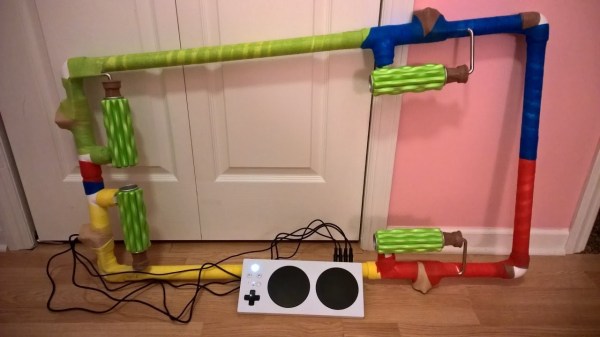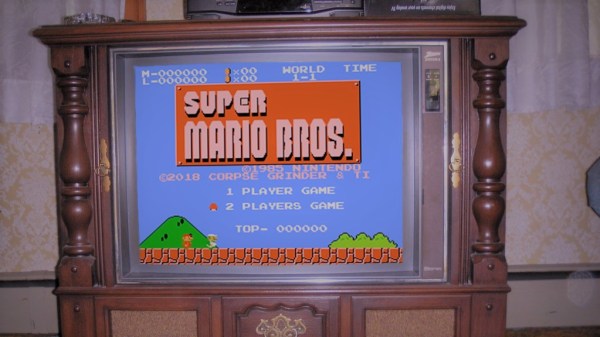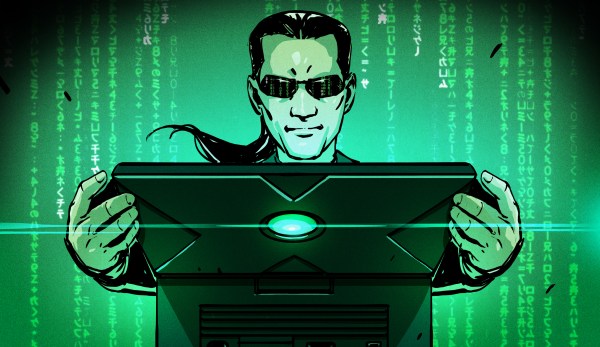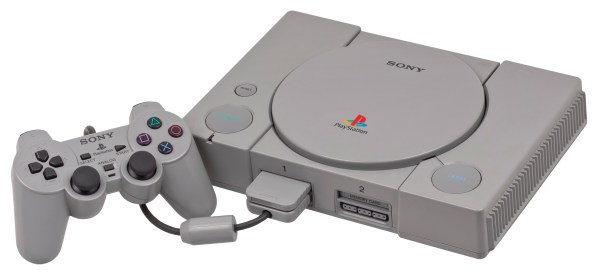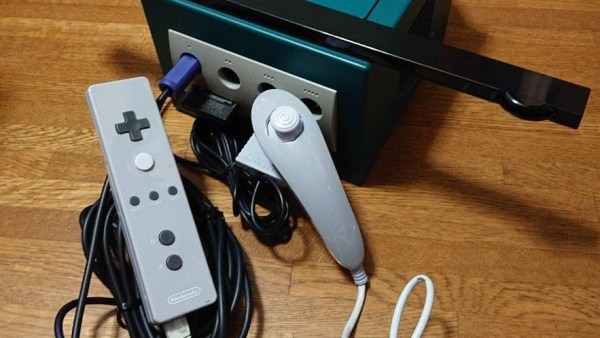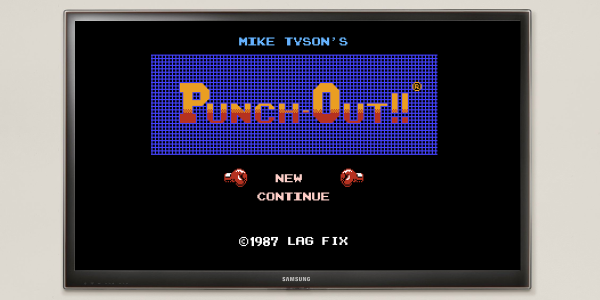When Microsoft announced the Xbox adaptive controller earlier this year, many were pleasantly surprised at how adaptive it truly was. The controller features 3.5mm jacks for easily connecting any external input device and sports an impressive build quality given its price tag, but the most impressive part was the fact that the design was so open in nature. Rather than seeking to create a specific design solution tailored to a subset of users the adaptive controller acts more as a hub for the community’s designs. One of those brilliant designs comes from [Colton] who posted a five-part series on his custom controller build for his daughter.

His daughter, Ellie, has Cornelia de Lange syndrome which prevents her from being able to use more conventional pressure sensitive input devices. So [Colton] devised a way for buttons to be pressed using an alternate range of motion. By attaching foam massage inserts to standard paint rollers, the buttons could be triggered by allowing the peaks and valleys of the foam to roll over the top of each button. He could achieve even better accuracy by attaching braided ribbon over the buttons in order to prevent binding.
After finding that setup to be successful, [Colton] went about designing a frame. He arrived at using PVC pipe and utilizing tees as anchor points for the rollers. A couple of steel hose clamps are enough to hold each of the foam rollers in place, and the contact distance can be dialed in with buttons housed in threaded PVC adapters (shown right). After the addition of a little colored wrap here and there the build has a decidedly cheery exterior.
However, the build was not complete without a custom piece of software to match. [Colton] reached out for help from his nephew to program a “RGB Etch-a-Sketch” they called Sundoodler. The game runs on a small form factor PC hooked up to a projector so Ellie can play lying down. [Colton] has some future plans for his daughter’s custom Xbox adaptive controller build, but for now you can see the results in the video below.
Continue reading “Dad’s Custom Xbox Adaptive Controller Build For His Child”

